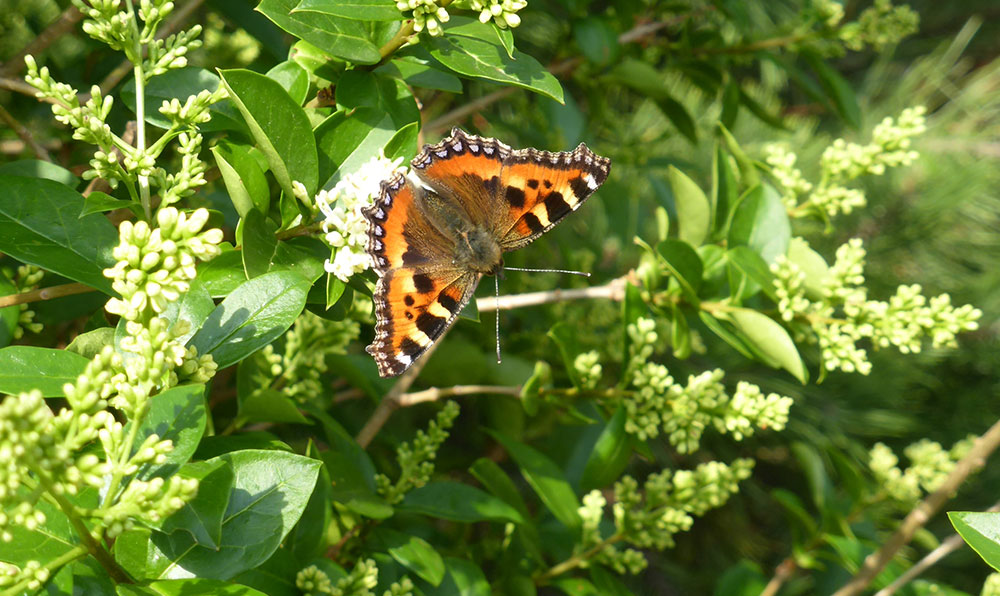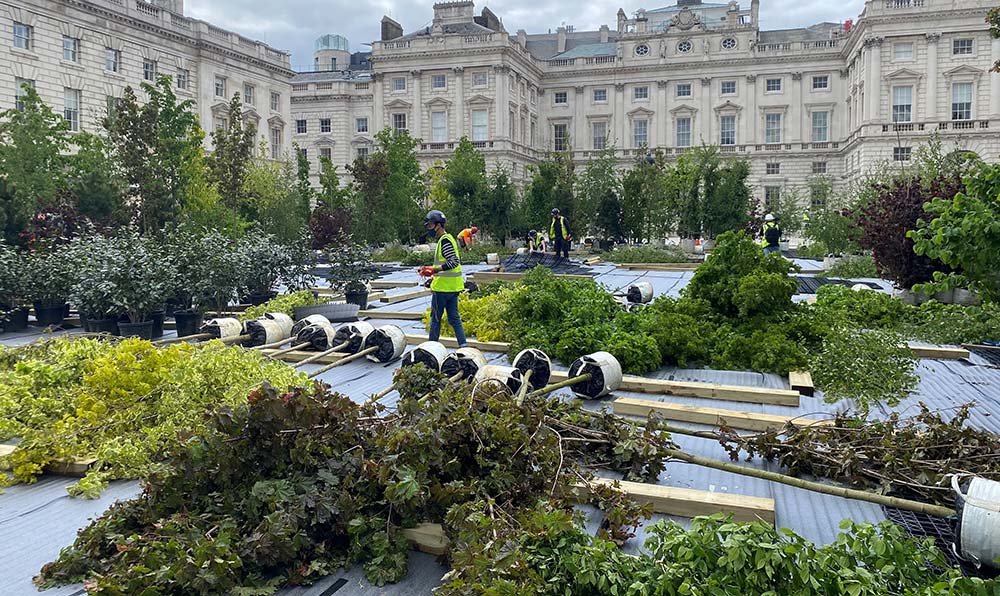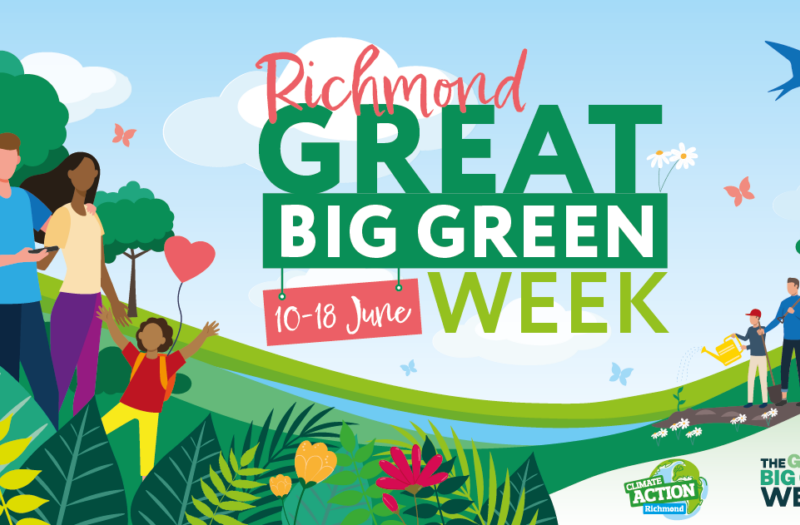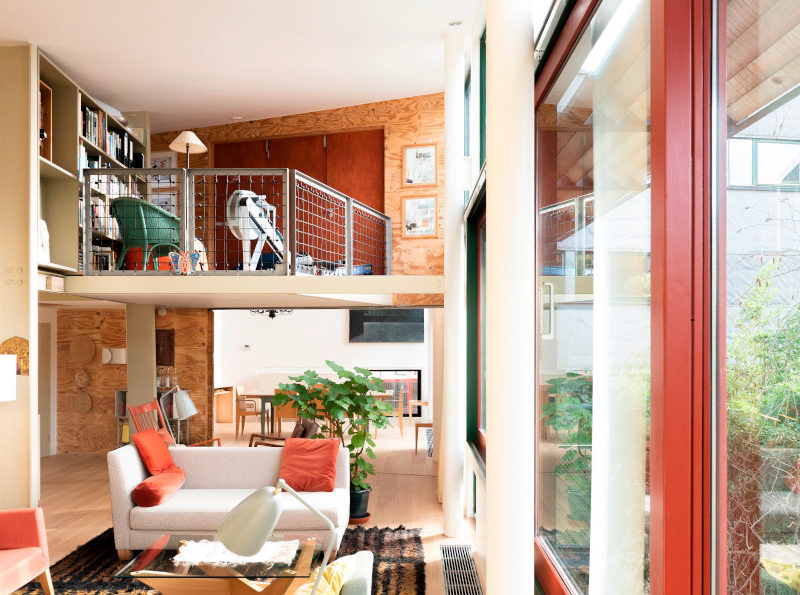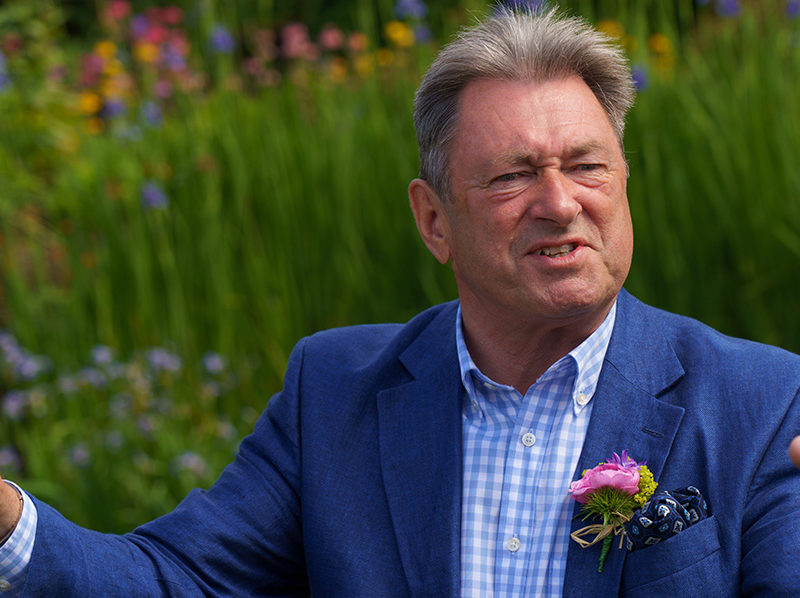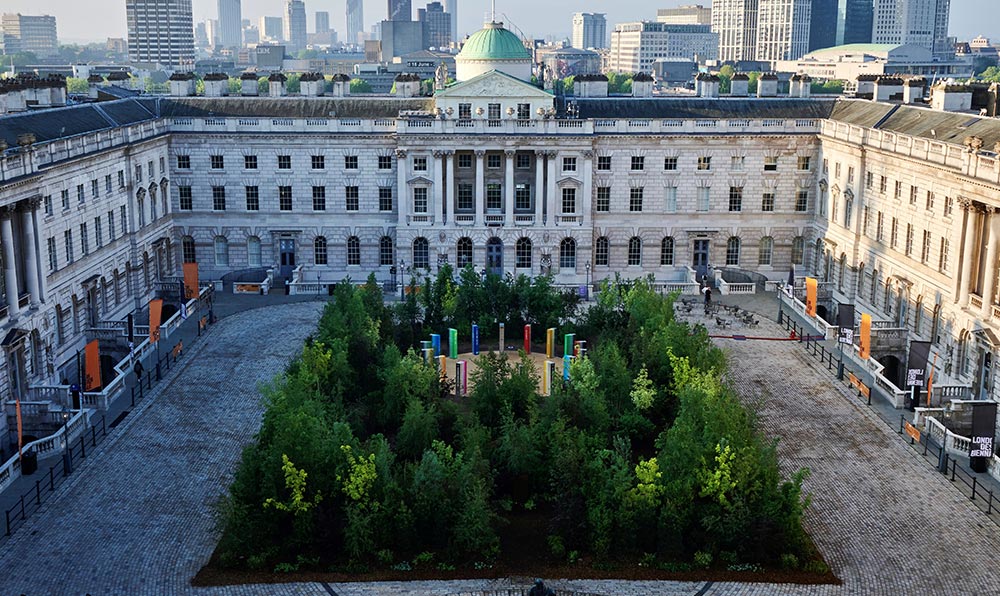
Greening The City – Forest for Change
Greening The City
“Lack of Biodiversity is as big a challenge as Climate Change and planting trees in cities is a good way of fronting up to both” says Scotscape’s CEO, Angus Cunningham
40-degree temperatures becoming the norm by 2030 and heavier and more intense rainfall leading to flash floods… as evidenced in Raynes Park recently.
Biodiversity loss due to Urban sprawl has been added to the headline mix.
By 2050, it is estimated that 65% of the global population will be living in Urban Places and London’s population is expected to increase by 3million. The positive news is that the government has provision to help tackle the lessening of biodiversity in the Environment Bill 2019-21 which is currently making its way through Parliament.
One of the key principles is for future building developments to deliver a biodiversity net gain of 10%.
With the help of the Urban Greening Factor, a major policy initiative, as a tool to evaluate the quality and quantity of urban greening, we note that an impermeable paving stone scores 0 for biodiversity, a group of trees will provide a maximum score of 1. This sets a clear agenda – Plant trees! They are one of the best ways to encourage biodiversity… and they can also help combat climate change.
Forest for Change
Recently we had the opportunity to install a temporary forest in a very urban place – the courtyard at Somerset House just off The Strand.
400 trees were planted using 27 different species, The forest was in situ from 1st-30th June. We installed air quality sensors before and during the installation and the ecology team from UCL carried out a ‘biodiversity sweep’ early one morning.
Air Quality – The reading of NO2 from the sensor in the forest was 33% less than courtyard readings pre-install. The reading from the courtyard sensor whilst the forest was in situ was 15% less. The results suggest the forest was able to reduce the overall courtyards NO2 by 15%.
Birds
During the bird survey, two goldfinches Carduelis carduelis were seen in the Forest for Change. A single pied wagtail Motacilla alba was also spotted…along with the usual suspects.. pigeons!
Other Vertebrates
Homo Sapiens – We managed to attract in excess of 40,000 of this species and two grey squirrels Sciurus carolinensis. How did they get there?
Invertebrates
Around 35 Honeybees were counted; 1 x small tortoiseshell butterfly; 3 x buff/white tailed bumblebees; 1 x hairy-footed flower bee resting on a birch tree; 8 x hoverflies of at least three species and 1 x 2-spot ladybird… and this was only one morning.
“The reading of NO2 from the sensor in the forest was 33% less than courtyard readings pre-install”
So the marketing attracted Homo Sapiens but how did the other vertebrates and invertebrates figure out where the forest was?
Carbon Capture
All trees are great biodiversity contributors and additionally do their bit to combat climate change by taking carbon dioxide out of the air and converting it into their structures. Using our tree suppliers (Barchams) carbon matrix, if the forest was left to mature, during its lifetime it would lock up approximately 1.3 million tons of carbon. The good news is that all the trees have found homes in London.
Flash Floods
During storm conditions, just 1m2 of micro forest is able to process up to 150 litres (1.5m3) of water run-off. This is partly due to the fertile forest floor that acts as a sponge.
Woodland, micro-forest, copse or spinney, groups of trees are the ultimate multi-taskers – we just need more of them and in groups to help us encourage more biodiversity and help tackle climate change.
Visit our website If you wish to install micro-forests in the built environment or to read the Full Forest for Change Report.
Scotscape
020 8254 5000, www.scotscape.co.uk
angus.cunningham@scotscape.co.uk



